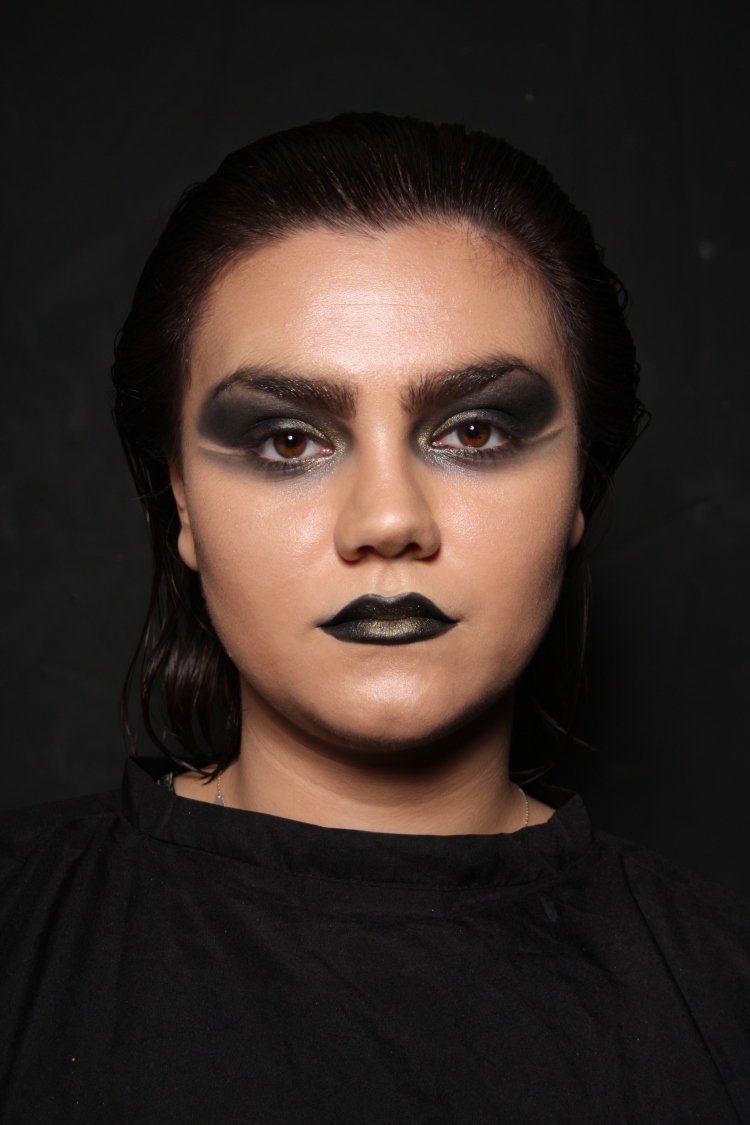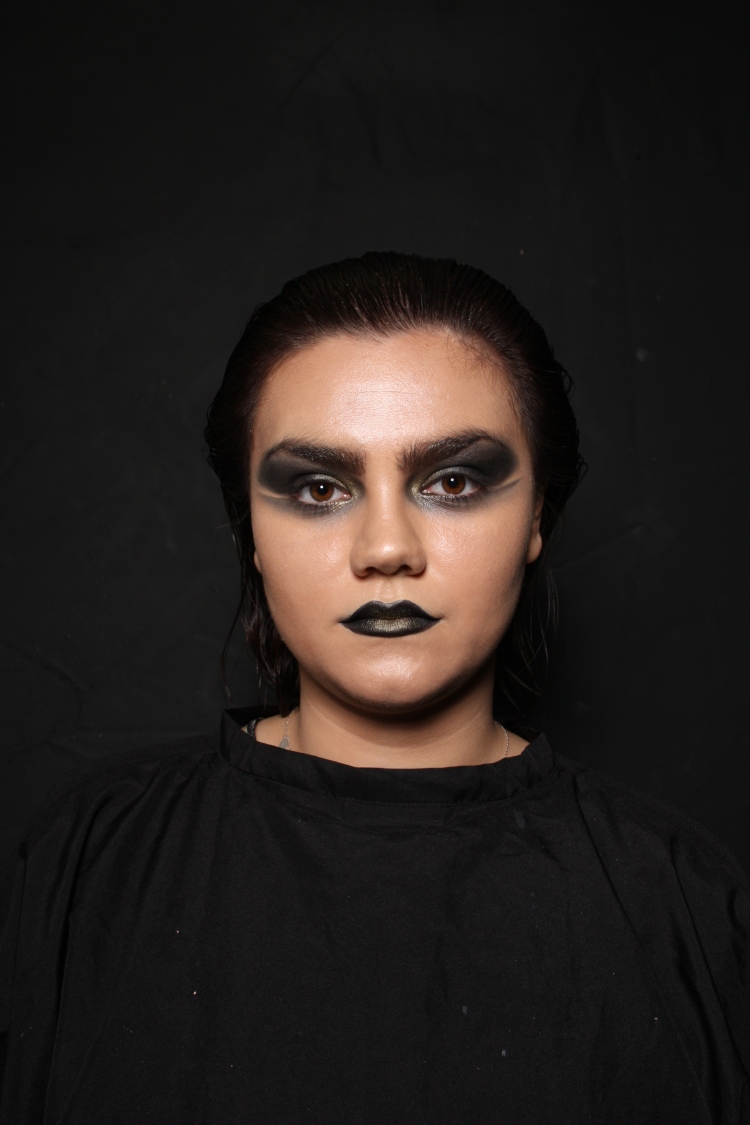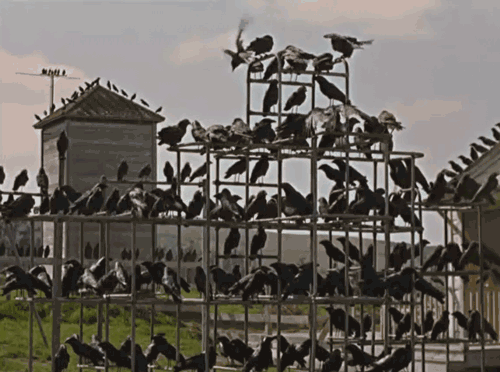As my fashion film revolves around the struggle of a dancer, I feel like I need to do some research on other Fashion films that have been made, that include dance. When researching ‘dance fashion films’ on Vimeo, I came across this video, by director Kendy Ty. Ty is a French film maker, based in Paris, France. His background in film making has supported his career, working for Channel 4, Wieden+Kennedy, and TBWA. When I came across ‘Behind the Move’, I was not sure what to expect, as I had been coming across many dance films that were bright and happy, not many that were of a more sombre tone.
When I watched the 6 minute film, it did provoke many emotions. The film focuses on the struggles of a young female dancer, who is trying to break into the industry. It is suggested that she has moved away from her family, through the subtitled telephone call that she makes, from which she only receives a voicemail dial tone. Throughout the film we see her struggle as she strives to better herself in dance, from living on her own, to the physical pains of pushing herself to achieve better. The audience are instantly subjected to a mood of loneliness, due to the music and the filter on the camera, which creates a blue wash over the scene. Dancer, Fanny Sage, stands alone in the centre of the screen, with only the underground train tunnel behind her. We see the shots chop and change as she continues her journey towards her flat, seemingly tired and drained. The music reinforces this idea, as it is a soft, piano tune that contrasts the deep, sharp, metallic sounds of the train. She sees a young boy, who stares as her, as she stares back into nothing. The way the young boy stares, to me shows how alone and isolated she feels in the big city. Usually, children are seen to be happy and nosy, but this young boy does not follow the usual traits. We sympathise for her character, mainly due the the fact that she is mostly shown alone in the shots. The use of mid shots, with her in the foreground and her surroundings in the back, further isolates her from the city she is living in. Her flat is dark and dreary, with little of the morning light protruding through the net curtain, as she sips on her tea, alone at the end of her bed. I found it interesting that we, as an audience, are introduced to this character on another level, when the phone call begins. We do not see her pick up the phone, but we know that it is her calling her mother, through the narration. She talks about how she has just moved in and feels great in her flat. It seems as if she is saying this to her mother so that she does not worry, as the narration and the footage shown to the audience contrast each other. She looks far from happy, sitting in the cold flat by herself. The footage and the narration then start to reinforce each other, as she begins to talk about the lifestyle she is living, and the training that she is taking on in order to become a better dancer. We are given a true insight of the pain, loneliness and tiredness that these dancer’s suffer through just to be able to dance and take part in performances. ‘My body is already tired, but you know me I’ll do whatever it takes, I feel a strong urge, I do not want to give up, not now’. The film includes many close ups of her tired body, such as the shot where she strokes her sore feet. The audience start to feel this ache that she is feeling, through the body language of the dancer. I found it interesting that the only time the dancer is seen to smile is when she talks about how she feels the need to de-stress by hanging out with her friends. This is the only time during the film that she is seen to enjoy herself, which to the audience is bizarre as she is putting her body through so much to become a better dancer, but looks happier when she is not dancing. I think that it gives an insight into the dancing industry, and the pressure put on these girls to perform and reach expectations. About half-way into the film, we see Fanny alone in a completely pitch-black room, dancing. The dance is very contemporary, but to me, I think that it was her physicalising the emotions that she is feeling. The dance looks pained and her body is contorted into so many shapes that is unnatural and forced. I think that this is physically showing how dance pressurises these dancers, and puts them through so much pain to deliver. The film ends with Sage curled up on the floor, with her head leant on her hands. This is a softer position, and resembles that of the foetal position, showing that she is breaking, and becoming weaker.
I think that the title of the film ‘Behind the Move’ is a really good title, as it relates so well to the film. The film is ultimately showing the dancer’s emotions and all of the work that is put in behind the scenes of the dance. When researching the film, I came across a short paragraph by Kendy Ty, explaining the film and the work that was put into it.
“After I shot my short film Veuve Noire with Audrey Giacomini, she told me that her best friend, Fanny Sage, was a modern dancer. I took a look at her work and was stunned to see so much grace in her pictures so I decided to make a documentary short with her. I wanted to show that behind every form of art there’s a lot of work.
Everytime I shoot a personal project, I have everything in mind. I write a list of scenes to shoot and improvise a lot because I don’t have any budget. This project is about her, nothing else. No acting, just Fanny in her everyday life. Fanny is one of the best modern dancers I’ve ever seen, her capacity to show emotions when she dances… I wanted to capture that on my camera, I wanted to show her soul. She’s worked with a lot of fashion brands like Nina Ricci, Chanel or Danskin, so having this project with her was a blessing.
The whole film was done over 3 days, post production included. I used my small Canon 550D, everything is natural, no additional lights. I think it is much more atmospheric. I don’t like it when you can see everything clearly on screen because it looks fake. I like the idea of showing just the shapes or the shadows of the characters like in a comic book. I wanted something organic so I added some clean 35mm grains to my footage, because I like the visual render of the old cameras such as the Bolex. For the strange flares effects, I use a broken glass in front of my lens and shot with only one hand. It’s easy with a small camera like the 550d, but could be a pain with an Alexa because of the weight. Because I make everything with After Effects (including the edit) I work very fast. I don’t waste my time by switching between several softwares or video tools.”
I was shocked to learn that such an amazing and emotional film was filmed on a camera that I had access to. I think that by watching this film, it has really opened my eyes to the life of a female dancer, and makes me want to make my film even more. This film is very relevant to the ideology behind my film, so I think that I have benefitted massively by analysing ‘Behind the Move’. I think that by being able to read what Kendy’s ideas behind the film were too has expanded my knowledge of directing, as Kendy has directed, filmed and edited his films all by himself, which is what I am hoping to do. I think that it is interesting that Kendy has aimed to show the work that goes into the performance, rather than the performance itself. This is what I wanted to do, as we are not usually shown what goes on behind the scenes, or the emotions of the dancer’s themselves. I think that, from what I have learnt, the dancing industry is fast paced, and intense. I think that it is interesting to learn about this, as we are not usually shown this side of dance. I really enjoyed this film, and there was not one part that I disliked. I liked the filming techniques that Kendy used, such as changing the aperture to make the model seem distant from everyone else. This film was enjoyable to watch, as well as educational for the audience.
Ty, K. (2013) Behind the move. Available at: https://vimeo.com/74573072 (Accessed: 3 December 2015).
MarBelle (2013) A modern Dancer’s hard work comes to the fore in Kendy Ty’s ‘Behind the Move’. Available at: http://www.directorsnotes.com/2013/09/23/kendy-ty-behind-the-move/ (Accessed: 3 December 2015).
Ty, K. (no date) Kendy. Available at: http://www.kendyty.com (Accessed: 3 December 2015)
















































